The neurodiversity movement is happening right now. It’s exciting, invigorating, and gaining more and more momentum every day. But, what is the neurodiversity movement? Why do students need to know about it? How can we introduce students to the complex and sometimes controversial concepts related to neurodiversity?
What is the Neurodiversity Movement?
In order to understand the movement, first, we need to understand neurodiversity. The videos below do a wonderful job of defining neurodiversity and neurodiverse conditions, I highly recommend you watch them all! To put it simply, neuro means having to do with the brain.
Diversity means having a range of differences. So, neurodiversity is the understanding that each brain is different, as different as a finger print in fact.
The neurodiversity movement is about cultivating a sense of awe, respect, and acceptance for the different ways human brains work and an understanding of how that impacts our behavior.
It’s important to understand that the term neurodiversity doesn’t just include neurodivergent people with conditions such as autism, ADHD, dyslexia, dysgraphia or other mental health diagnoses. Neurodiversity is not just about having a mental health condition.
The term neurodiversity also includes neuronormal or neurotypical people too. Neurotypical brains don’t have the imbalances in brain chemicals or sensory stimuli that cause the challenges neurodivergent people experience.
The neurodiversity movement is about bringing awareness to the fact that every brain is uniquely wired and this results in each human having distinct challenges, gifts, and ways of experiencing and behaving in the world.
We all experience the world in different ways because of the chemistry of our brains. Everyone with a brain needs this information in order to better understand their unique brains and develop empathy for the experience of others.
Why Do We Need to Talk about Neurodiversity with Students?
1 in 44 children have ASD (autism spectrum disorder) and 1 in 12 children have ADHD. These statistics don’t even include children with other conditions or those who are undiagnosed. There are neurodivergent and neurotypical students in every classroom. The fact is that neurodivergent students (especially those with autism) struggle with social skills and end up being ostracized and or misunderstood by those within their school community. Schools are by nature highly social places. If bullying starts in elementary school, by the time these students get to high school, life can become unbearable.
Talking to students of all ages about neurodiversity can help neurodivergent people (those with mental health conditions like ADHD, autism, a sensory processing disorder, dyslexia, dysgraphia, or other condition) be seen, understood, heard, respected, and supported. Students who learn about neurodiversity will develop a deeper understanding about gifts and challenges neurodiverse people have and why they may act and think differently than the norm. Talking about neurodiversity will help students understand their own brains and learning style better too.
How Can We Talk to Students About Neurodiversity?
This blog post doesn’t include fancy lesson plans because videos can pack a huge punch, and that’s what we want when it comes to beginning to understand the very complex and even controversial topic of neurodiversity. There are so many myths, misconceptions, and negative connotations associated with neurodivergent people. The only way things can change is by getting informed and then informing others, including our students. There are a huge number of videos on YouTube about the topic of neurodiversity. I’ve handpicked the most outstanding videos I’ve found that can help teachers teach about and discuss neurodiversity topics with their students. I’ve also included discussion questions for each video. Watching an impactful video, writing answers to discussion questions, and then having students participate in a discussion is a great way to start.
1. The Truth About My Son
Mark Rober is a NASA engineer turned YouTuber. He makes extremely entertaining science and engineering videos for kids. My favorites are his squirrel maze videos.
In the video below Mark Rober shares for the first time since starting his YouTube channel (with 23 million subscribers) that his son has special needs and is on the spectrum.
He discusses how, often, when he tells people his son has autism they ask if he has a special ability. He goes on to show how some people with autism do have special abilities, including one of his son’s friends who can tell you the day of the week for any date on the calendar, for any year! Mark goes on to explain that most autistic people don’t have special abilities though.
Mark Rober does a wonderful job of describing how each autistic person is unique but that they also have common struggles. One of the struggles his son has is being super sensitive to sensory inputs like sound. His son has a need for repetition and predictability because of the overwhelm from sensory information.
There are other autistic kids featured in the video as well. It’s a heartwarming, informative, and an excellent way to introduce students to the concept of neurodiversity. I get teary eyed every time I watch this video, it’s so touching.
Possible Discussion Questions:
What did you learn about autism from this video?
Do you know anyone who has been diagnosed with autism?
What are some strengths and challenges that people with autism might face?
It’s important to remember that if you’ve met one person with autism, you’ve met one person with autism. What do you think that means?
2. What is neurodiversity? (short succint video)
This is a very short and succinct video that covers the basics of neurodiversity. There are some surprising facts shared in the video too, such as that 1 in 7 people is neurodivergent! If you are looking for a quick way to introduce the concept of neurodiveristy to students, this is the video for you. Students may become very curious about different neurodivergent conditions after watching the video though, so you might want to provide students with a playlist of other videos (such as the ones in this blog post) to watch on their own time.
Possible Discussion Questions:
What does it mean to be neurodivergent?
What does it mean to be neurotypical?
What things are challenging about being neurodivergent?
What are some strengths/gifts that people that are neurodivergent have?
3. What is Neurodiversity (more in depth version)
This video covers a lot of ground in less than 8 minutes. Neurodiversity is defined and misconceptions are about the term are dispelled. In the video, it’s explained that neurodiversity isn’t a synonym for disability or a broad term encompassing mental health conditions. Instead neurodiversity is described as encompasing all people including neurotypical people. What I really love about this video is that multiple neurodivergent individuals are interviewed and their conditions explained. All of them have overlapping of conditions and that phenomenon is also explained. The also video depicts some of the ways in which people with a neurodivergent brains can be picked on because of their struggles. It’s a sad reality and I think it’s important to bring these issues to the forefront in our classrooms. Check out the discussion questions to do just that!
Possible Discussion Questions:
How does the video define neurodiversity?
How might someone who is neurodivergent become a target for bullying?
What are some possible ways to prevent neurodivergent people from being bullied?
4. Amazing Things Happen (for younger kids)
This animated video for kids explains autism in a way that kids can understand. The narrator explains that some differences are visible but others are invisible. The way we feel inside and the way we think and our brains can have lots of hidden differences. The narrator also points out that autism is so common that it’s likely you know someone who is autistic and so it’s useful to know more about it. When senses don’t communicate well it can be confusing and effect the way people with autism see the world. Bullying is also discussed and the importance of developing friendships with autistic children.
Possible Discussion Questions
What difference between people are invisible?
What differences are visible?
What does the brain control?
What special wiring do people with autism have?
5. What is Dyslexia?
This excellent video is the best one I’ve come across that explains what the experience of dyslexia is like. Watching it will most definitely instill a sense of empathy about reading struggles, which is so needed in academic settings like classrooms where a student’s ability to read can become public at any moment. Imagine the anxiety people with dyslexia experience in their classes every day. Talking about this topic, normalizing it, and bringing awareness to the experiences of people with dyslexic brains is so important! When a student needs extra help, they won’t always advocate for themselves. But, if we normalize these brain differences, they may be more likely to ask for support when they need it.
Possible Discussion Questions:
What surprised you about this video?
What did you learn that you didn’t know before?
What myths about dyslexia were dispelled?
What things are challenging about having dyslexia?
What are some strengths/gifts that people with dyslexia have?
6. How to Explain ADHD
There are many misunderstandings about ADHD and this video is perfect for helping people see the neuro difference that come with having an ADHD mind more fully. For example, right at the beginning of the video, it’s explained that the name attention deficit hyperactivity disorder is actually inaccurate because people with ADHD aren’t always hyper and it’s not like you don’t have attention, it’s just your attention is all over the place! The video also dispells some persuasive yet misguided ideas about ADHD, such as the idea that everyone has some form of ADHD or that it doesn’t even exist. My only complaint about this video is towards the end, Jessica, says there are five symptoms that you have to have that get in the way of every day life in order to be diagnosed with ADHD. However, she never discusses the five symptoms. But, this video does. So, if you show this video to your students, you might consider watching some other videos on Jessica’s channel too! This YouTube channel is an excellent place to get more information about ADHD for kids.
Possible Discussion Questions
How does the video describe the experience of having ADHD?
What surprised you about this video?
What did you learn about ADHD that you didn’t know before?
What things are challenging about having ADHD?
What are some strengths/gifts that people with ADHD have?
7. Human Neurodiversity Should Be Celebrated
This very short yet impactful video discusses how neurological differences are seen as disorders and dysfunctions in the medical model and within our society. This needs to change. People with neurological differences and conditions like autism and ADHD have incredible gifts. The genes associated with these brain differences that go back more than 10,000 years and may have been positively selected through human evolution because they contributed to incredible memory, heightened senses, a precise eye for detail, and an enhanced understanding of animal behavior. Society needs to realize these neurological differences come with challenges but also exceptional strengths and gifts. Our society needs to shift our understanding of neurological differences and start valuing the diversity of our brains.
Possible Discussion Questions
What did you think of this video?
How does this video define diversity?
What is the neurodiversity movement?
How does this video describe the positive impact neurodiversity has on humankind?
How do you think we can change our environment to fit the child?
8. What does it feel like to have autism?
This awesome video is about a ten year old boy named Alex who has autism. He’s interviewed about his experience being autistic and explains his sensory sensitivities. His friends are also interviewed. At the end of the video his friends get to try an autism simulator using VR and they are shocked at how overwhelming, stressful, and chaotic the world can be when you have autism. I highly recommend teachers share this video with their students. They will learn that autistic individuals have a unique view of the world. Everyday life can be challenging because of the expectations around social interactions. Providing students with a solid understanding of varying abilities and experiences from the autistic vantage point can help students understand why autistic people may have a really hard time.
Possible Discussion Questions:
What did you think of this video?
What did you learn about the experience of being an autistic person?
What things might we do to support those with sensory differences?
How can we make our classroom a safe space for neurodivergent children?
Wrap Up
I’ve always believed that all teachers are special education teachers. Our classrooms are made up of neurodiverse students with a wide range of strengths, challenges, and needs for additional support. Celebrating different abilities, interests, and strengths is always a good idea. But, I believe schools and teachers need to do a better job of normalizing the experience of neurodiverse people and the every day challenges they face. Schools are a source of so much stress and pressure for neurotypical students. Imagine what it’s like for a student who is overloaded with sensory information, overwhelmed by confusing social cues, or anxious about being called on to read because they have dyslexia. The videos shared in this blog post are important to share with our students, no matter what subject or age group you teach. Students follow our lead, let’s introduce them to the neurodiversity movement this year. Let me know in the comments how it goes.
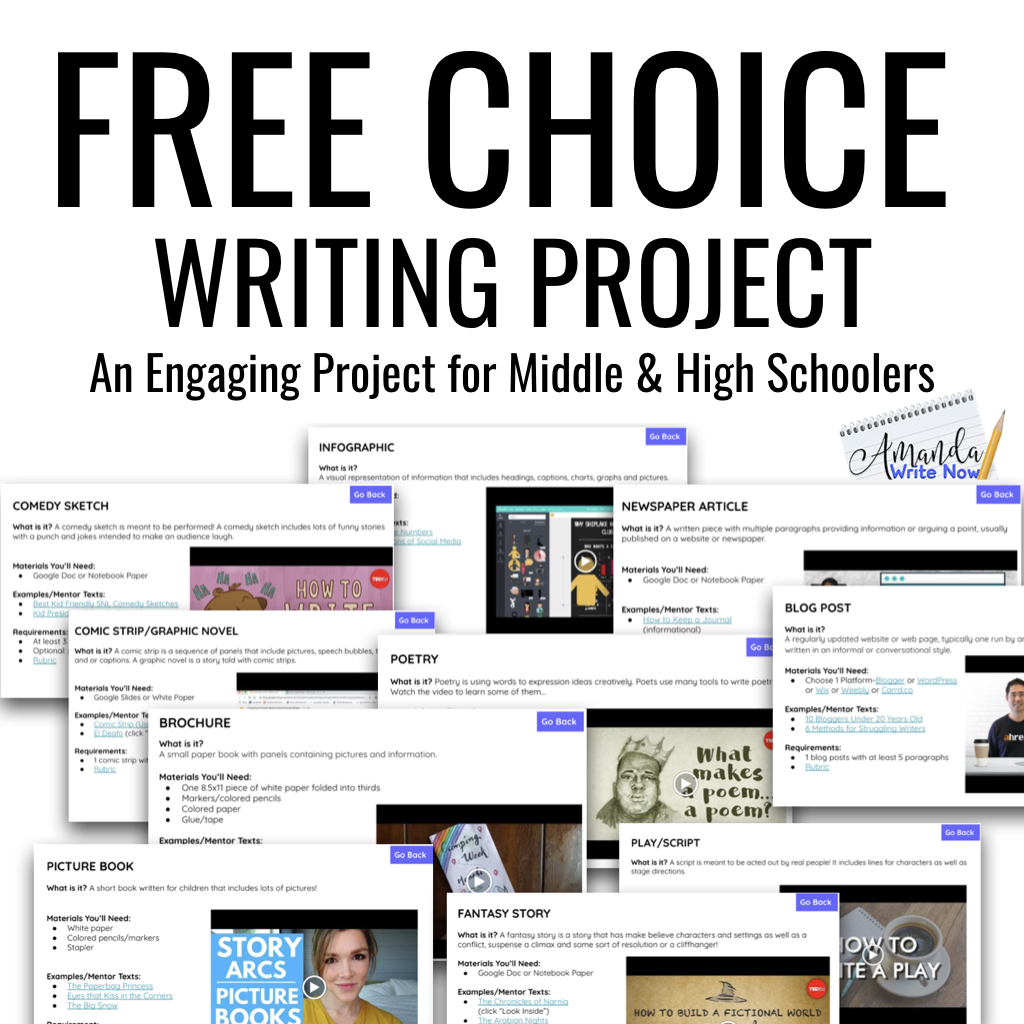
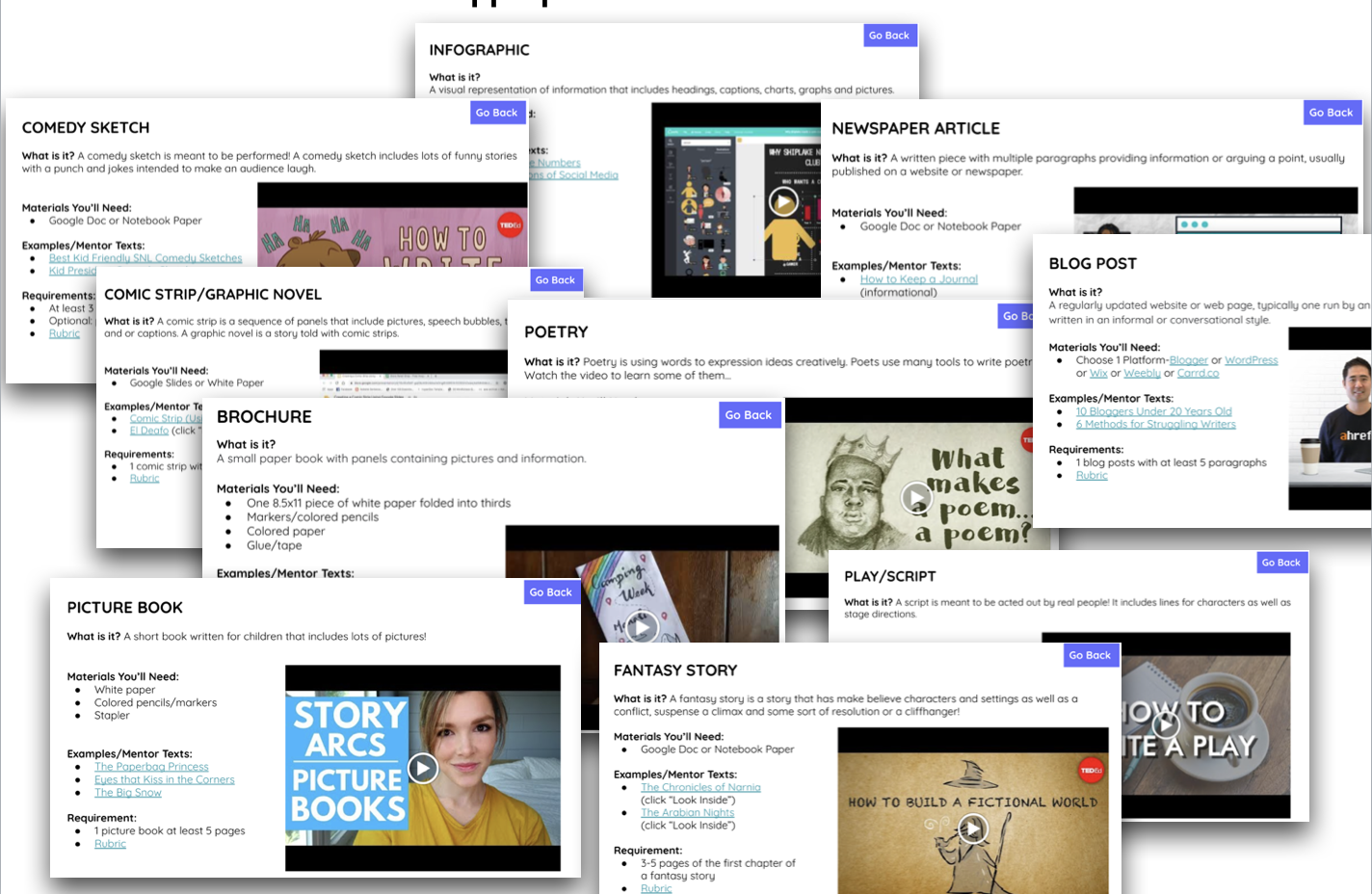
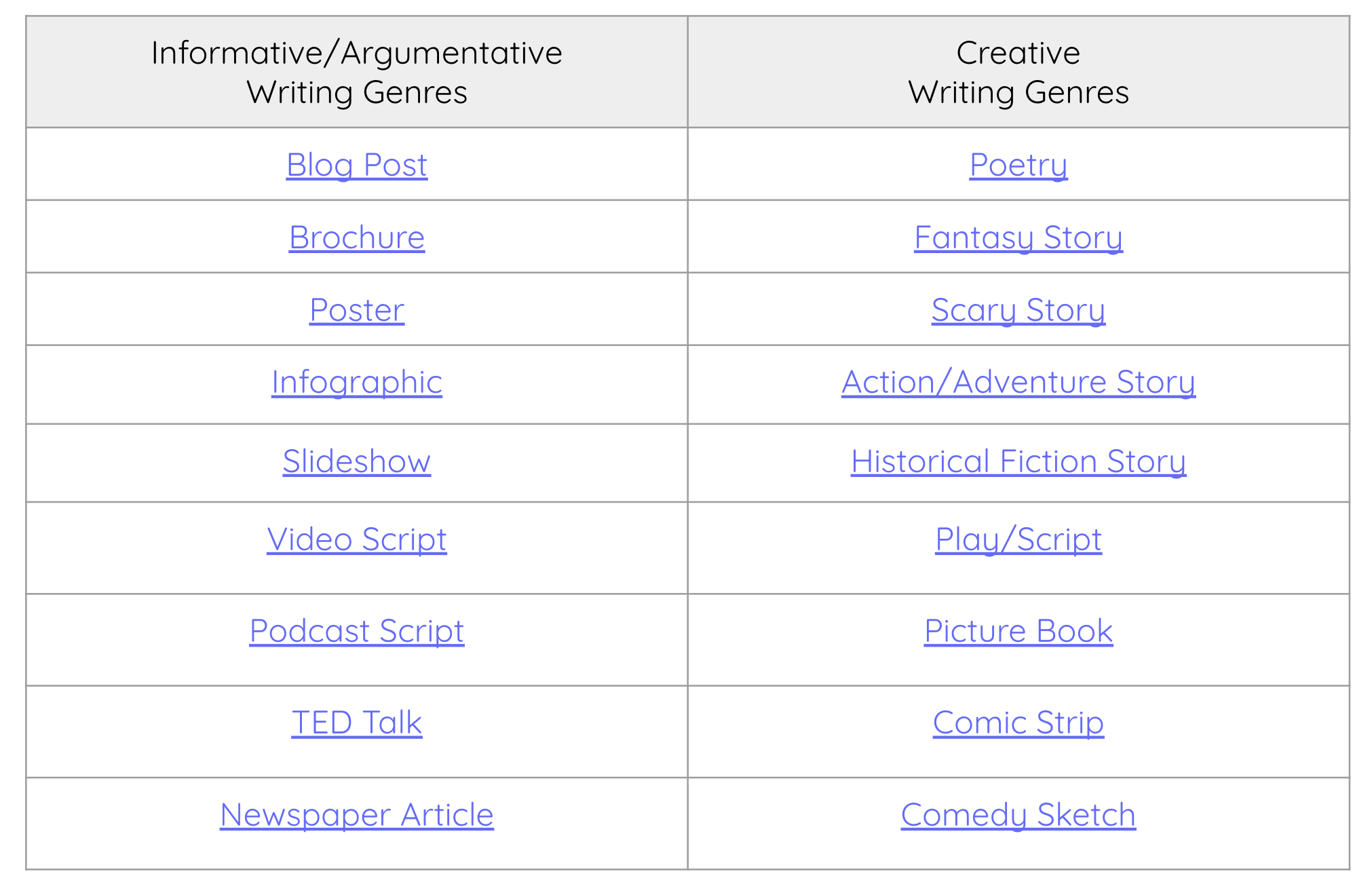
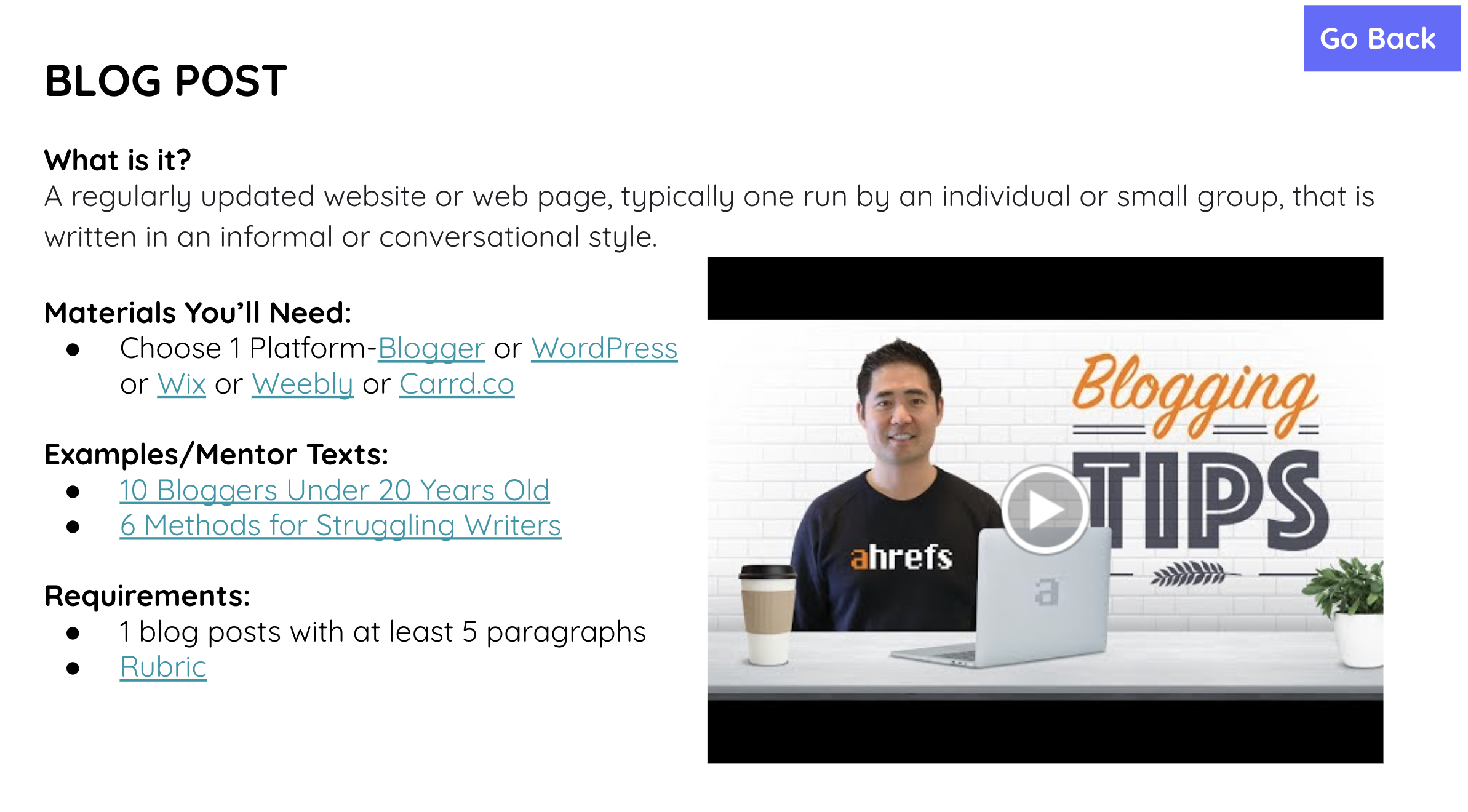


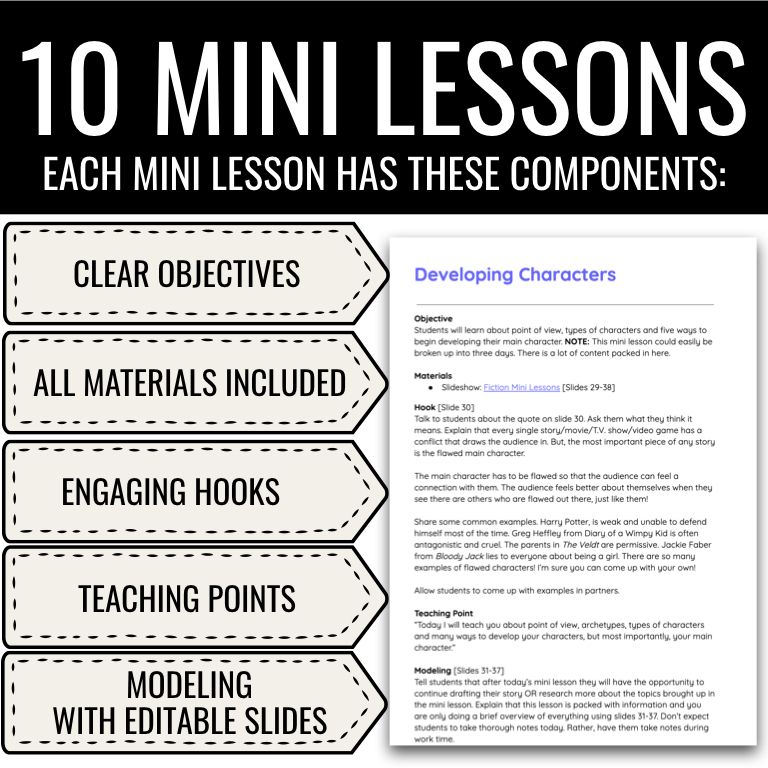
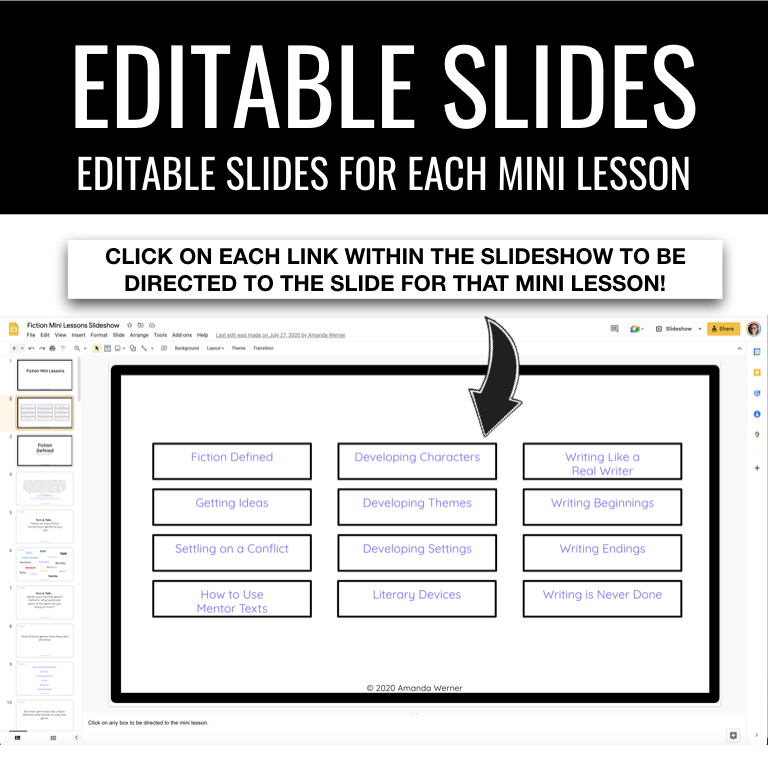

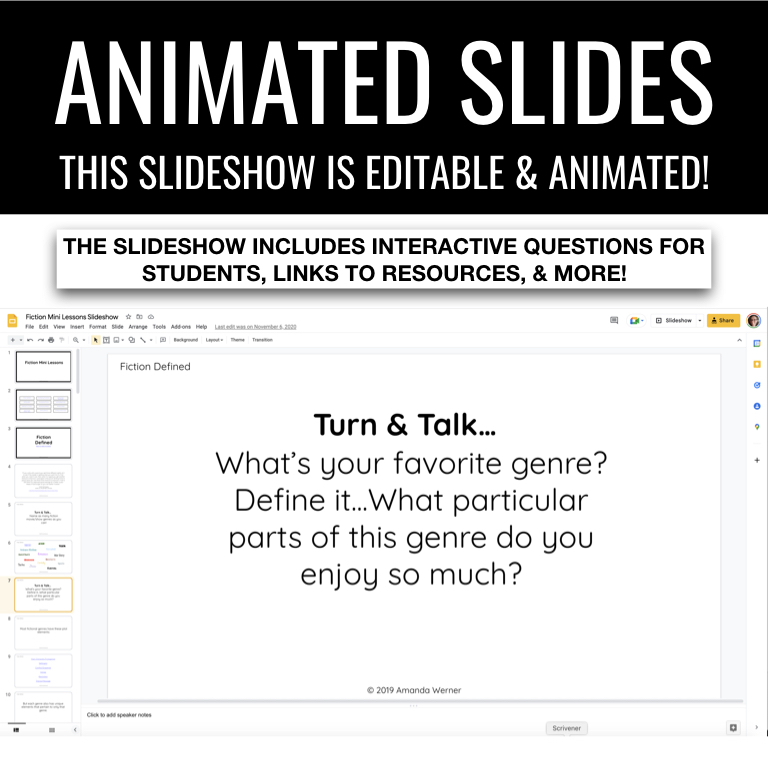




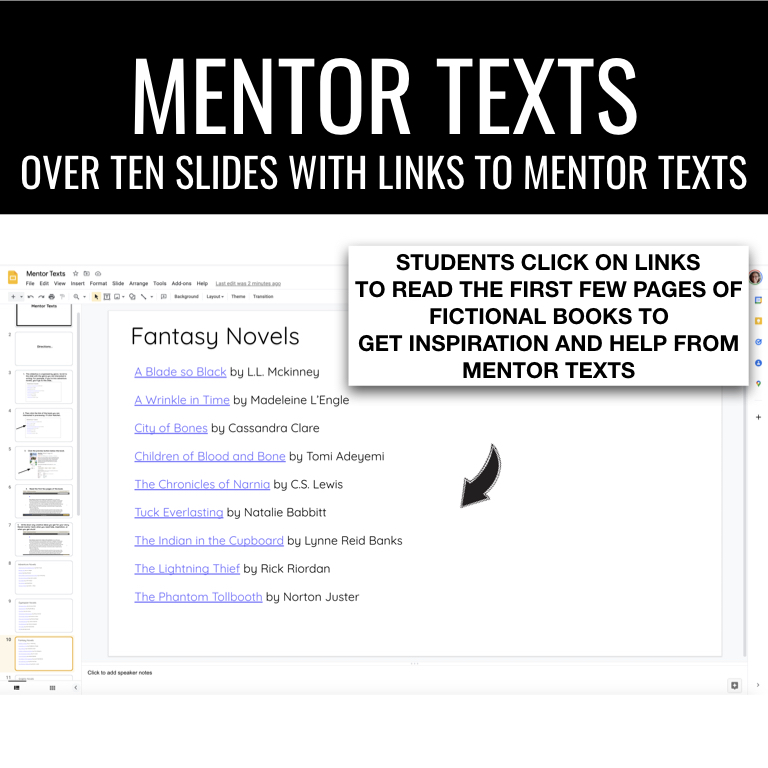
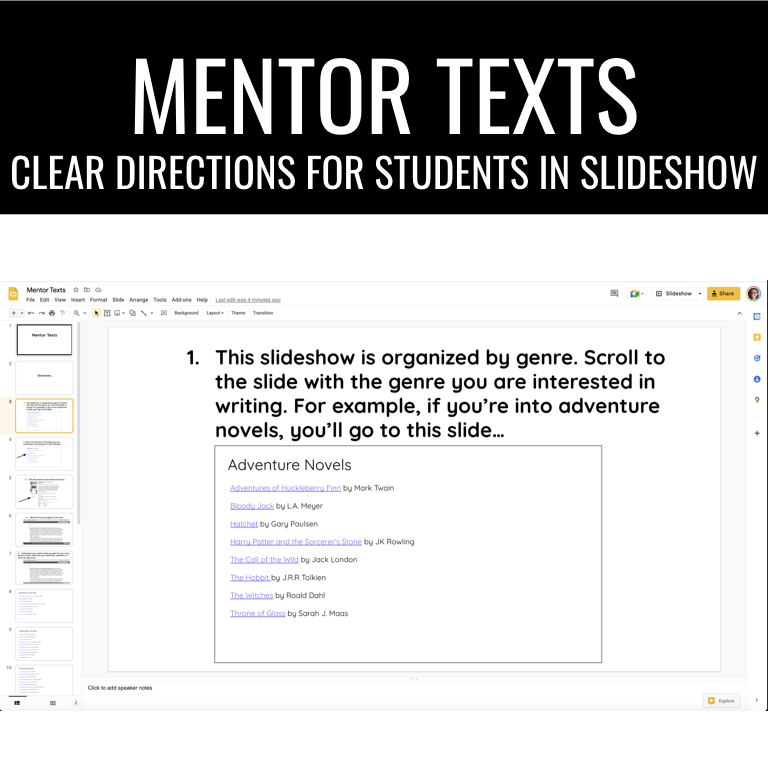

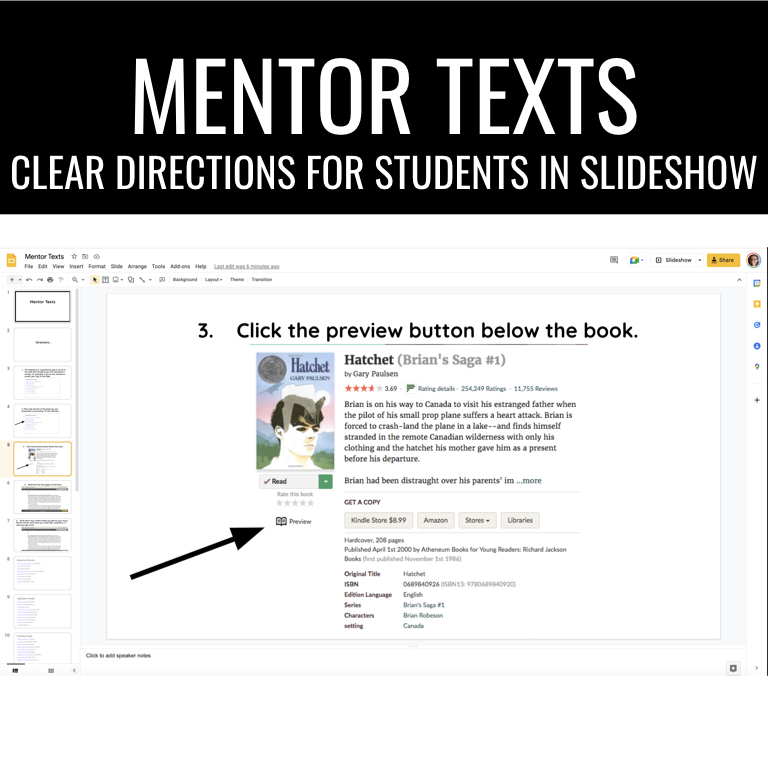



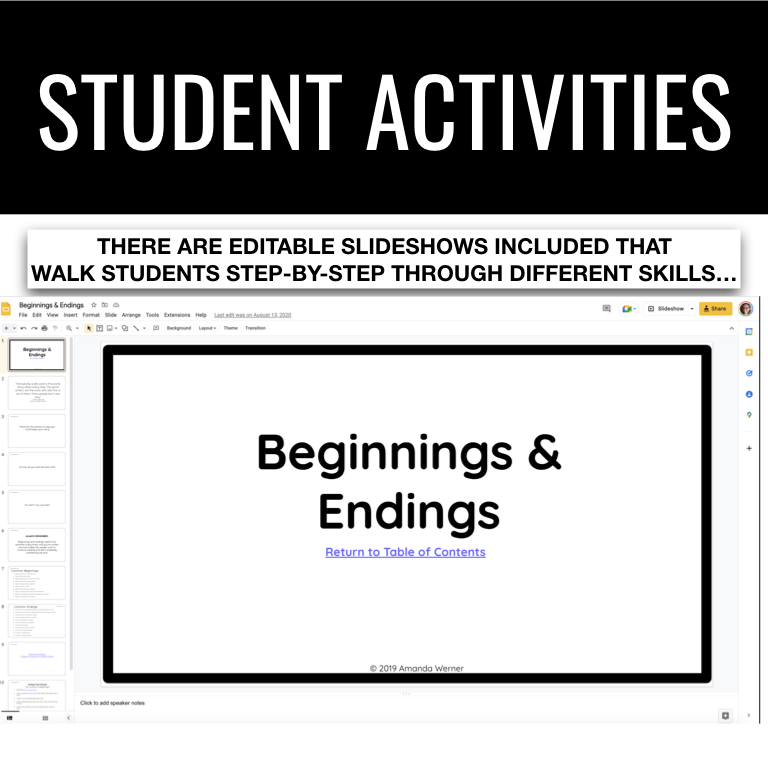

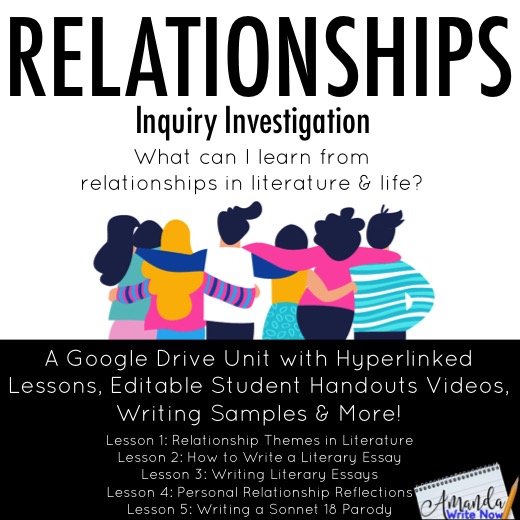
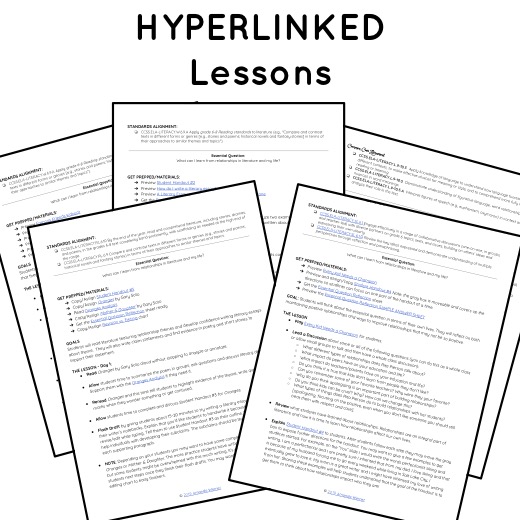
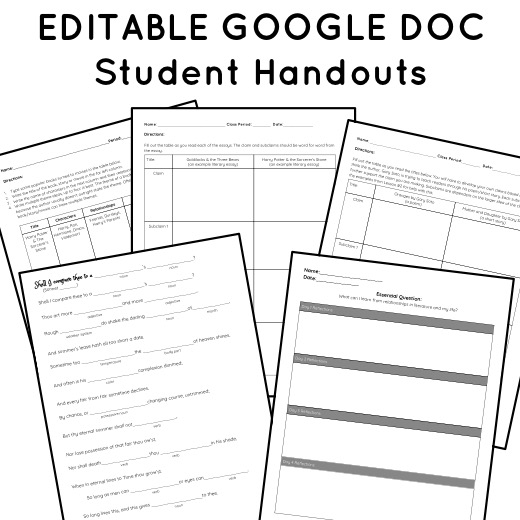

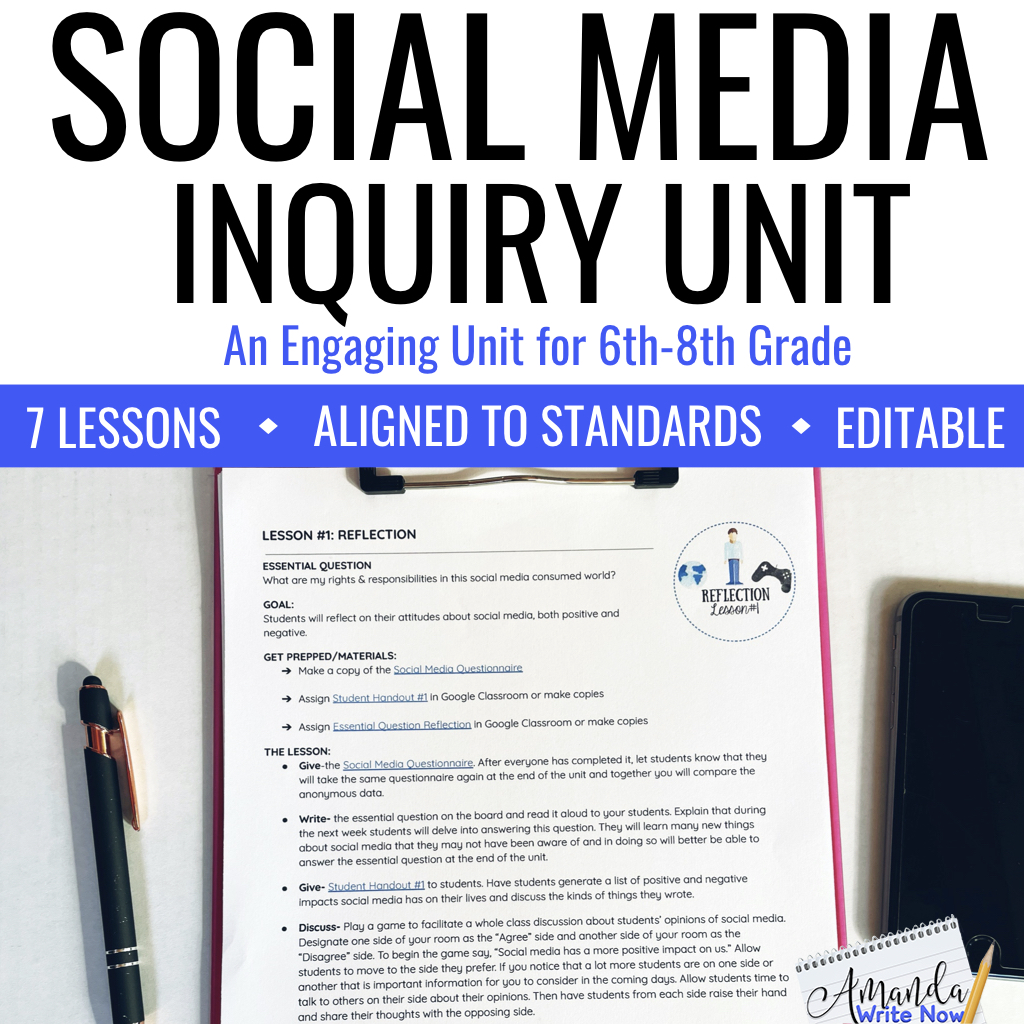








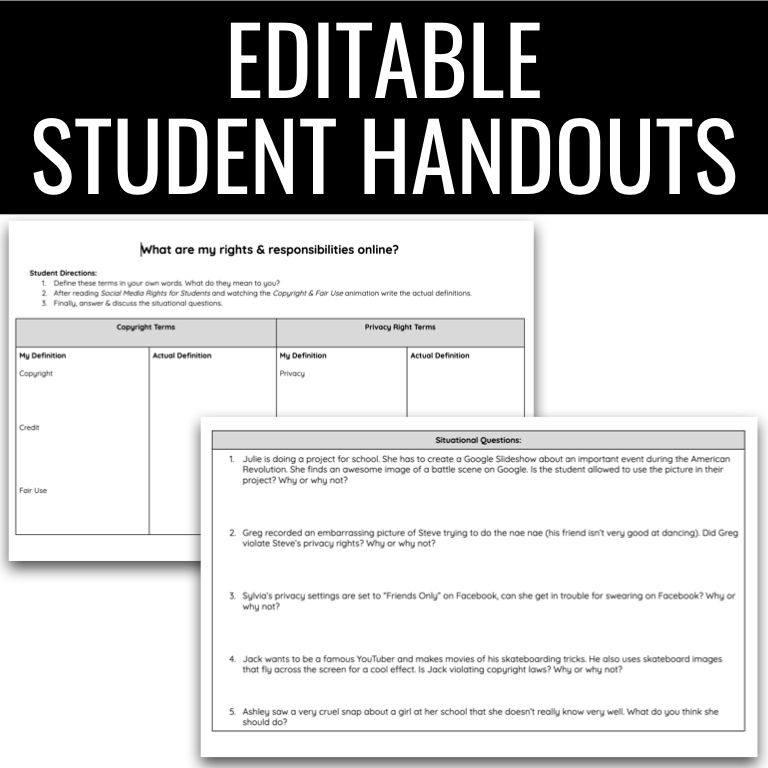



0 Comments